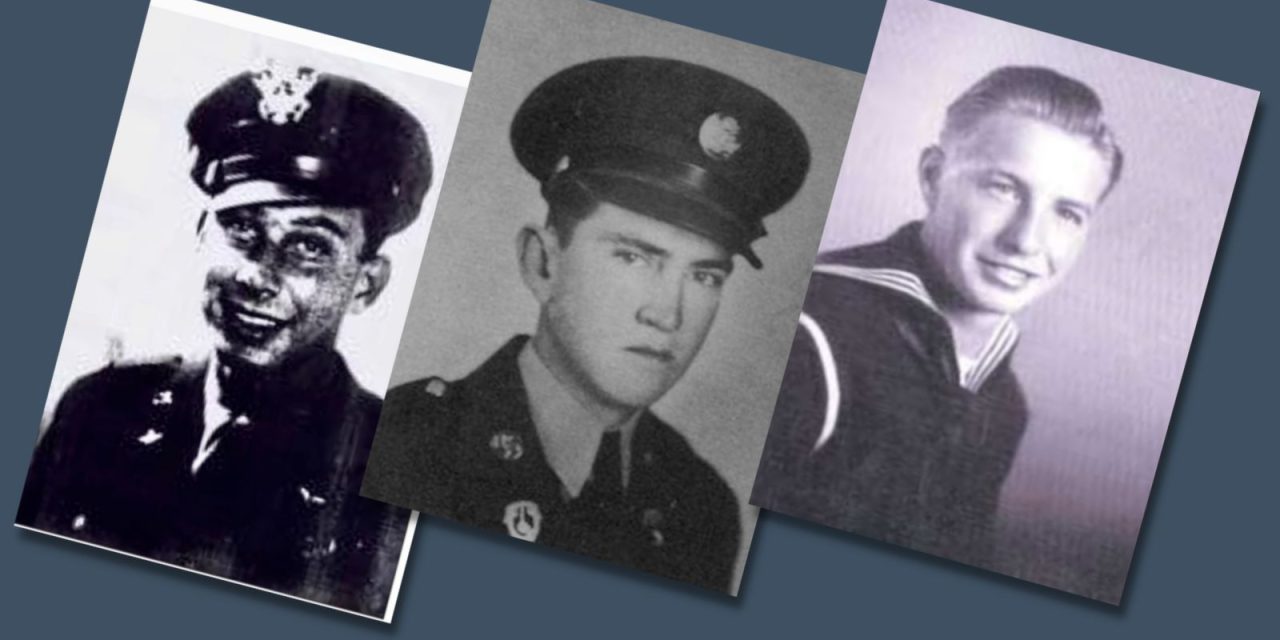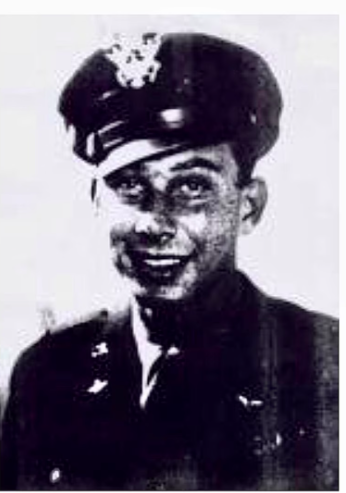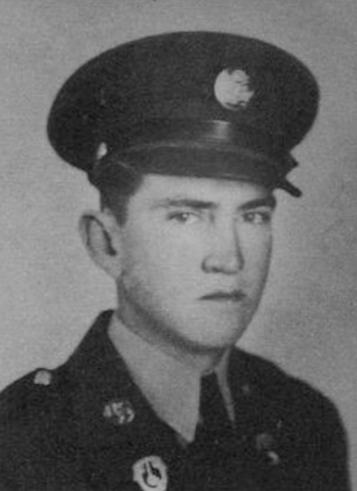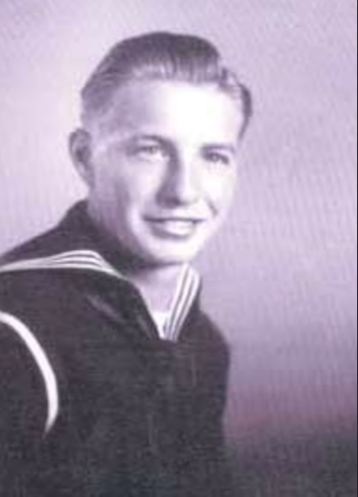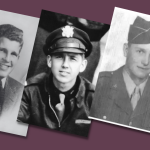The US Defense POW/MIA Accounting Agency aims to provide the fullest possible accounting for US missing military servicemen to their families and the nation.
The Agency works to identify the remains of personnel reported as missing in action and below you can find details of some of their recent discoveries. As of the end of February 2023, the US Defense Accounting agency has successfully identified another 7 US soldiers.
Airman Accounted For From World War II (Weekley, P.)
The Defense POW/MIA Accounting Agency (DPAA) announced that U.S. Army Air Forces 2nd Lt. Pharis E. Weekley, 21, of Bradley Junction, Florida, killed during World War II, was accounted for.
In the summer of 1943, Weekley was assigned to the 329th Bombardment Squadron (Heavy), 93rd Bombardment Group (Heavy), 9th Air Force. On Aug. 1, 1943, the B-24 Liberator aircraft on which Weekley was serving as the navigator was hit by enemy anti-aircraft fire and crashed during Operation TIDAL WAVE, the largest bombing mission against the oil fields and refineries at Ploiesti, north of Bucharest, Romania. His remains were not identified following the war. The remains that could not be identified were buried as Unknowns in the Hero Section of the Civilian and Military Cemetery of Bolovan, Ploiesti, Prahova, Romania.
Following the war, the American Graves Registration Command (AGRC), the organization that searched for and recovered fallen American personnel, disinterred all American remains from the Bolovan Cemetery for identification. The AGRC was unable to identify more than 80 unknowns from Bolovan Cemetery, and those remains were permanently interred at Ardennes American Cemetery and Henri-Chapelle American Cemetery, both in Belgium.
In 2017, DPAA began exhuming unknowns believed to be associated with unaccounted-for airmen from Operation TIDAL WAVE losses. These remains were sent to the DPAA Laboratory at Offutt Air Force Base, Nebraska, for examination and identification.
To identify Weekley’s remains, scientists from DPAA used anthropological and dental analysis, as well as circumstantial evidence. Additionally, scientists from the Armed Forces Medical Examiner System used mitochondrial DNA (mtDNA), Y chromosome DNA (Y-STR), and autosomal DNA (auSTR) analysis.
Airman Accounted For From WWII (Eeds, C.)
The Defense POW/MIA Accounting Agency (DPAA) announced that U.S. Army Air Forces Cpl. Charles W. Eeds, 23, of Durant, Oklahoma, who was captured and died as a prisoner of war during World War II, was accounted for.
In late 1941, Eeds was a member of the 48th Materiel Squadron, in the Philippines, when Japanese forces invaded the Philippine Islands in December. Intense fighting continued until the surrender of the Bataan peninsula on April 9, 1942, and of Corregidor Island on May 6, 1942.
Thousands of U.S. and Filipino service members were captured and interned at POW camps. Eeds was among those reported captured when U.S. forces in Bataan surrendered to the Japanese. They were subjected to the 65-mile Bataan Death March and then held at the Cabanatuan POW camp. More than 2,500 POWs perished in this camp during the war. According to prison camp and other historical records, Eeds died July 19, 1942, and was buried along with other deceased prisoners in the local Cabanatuan Camp Cemetery in Common Grave 312.
Following the war, American Graves Registration Service (AGRS) personnel exhumed those buried at the Cabanatuan cemetery and relocated the remains to a temporary U.S. military mausoleum near Manila. In 1947, the AGRS examined the remains in an attempt to identify them. Twelve of the sets of remains from Common Grave 312 were identified, but the rest were declared unidentifiable. The unidentified remains were buried at the Manila American Cemetery and Memorial (MACM) as Unknowns.
To identify Eeds’ remains, scientists from DPAA used anthropological and dental analysis as well as circumstantial evidence. Additionally, scientists from the Armed Forces Medical Examiner System used mitochondrial DNA (mtDNA) and dental analysis.
USS Oklahoma Sailor Accounted For From World War II (Stott, D.)
The Defense POW/MIA Accounting Agency (DPAA) announced that Navy Seaman 1st Class Donald A. Stott, 19, of Monticello, Iowa, killed during World War II, was accounted for.
On Dec. 7, 1941, Stott was assigned to the battleship USS Oklahoma, which was moored at Ford Island, Pearl Harbor, when the ship was attacked by Japanese aircraft. The USS Oklahoma sustained multiple torpedo hits, which caused it to quickly capsize. The attack on the ship resulted in the deaths of 429 crewmen, including Stott. From December 1941 to June 1944, Navy personnel recovered the remains of the deceased crew, which were subsequently interred in the Halawa and Nu’uanu Cemeteries.
In September 1947, tasked with recovering and identifying fallen U.S. personnel in the Pacific Theater, members of the American Graves Registration Service (AGRS) disinterred the remains of U.S. casualties from the two cemeteries and transferred them to the Central Identification Laboratory at Schofield Barracks. The laboratory staff was only able to confirm the identifications of 35 men from the USS Oklahoma at that time. The AGRS subsequently buried the unidentified remains in 46 plots at the National Memorial Cemetery of the Pacific (NMCP), known as the Punchbowl, in Honolulu. In October 1949, a military board classified those who could not be identified as non-recoverable, including Stott.
Between June and November 2015, DPAA personnel exhumed the USS Oklahoma Unknowns from the Punchbowl for analysis. To identify Stott’s remains, scientists from DPAA used dental and anthropological analysis. Additionally, scientists from the Armed Forces Medical Examiner System used mitochondrial DNA (mtDNA) analysis.
Image Source:
- P. Weekley: DPAA
- C. Eeds: DPAA
- D. Stott: DPAA
- Feb 2023 soldiers: DPAA

